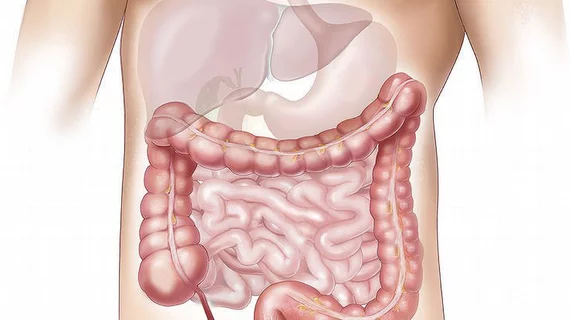Low field 0.55T MRI images as diagnostically useful as 1.5T for abdominal scans
High-quality images of the abdomen can be obtained from MRI scanners with a low field strength without sacrificing diagnostic accuracy. However, some sequences may require additional optimization, resulting in longer imaging times compared to higher field strength systems. The study with the full details is published in Academic Radiology. [1]
Researchers from the University of Michigan evaluated the quality of abdominal MRI images obtained from a commercial 0.55T scanner and compared them with images from conventional 1.5T/3T units. A total of 67 individuals underwent scanning for comparison, 15 of whom were healthy and the remaining 52 were scheduled to have an MRI for a current medical concern.
The entire cohort was scanned using a 0.55T machine, while the healthy subjects were scanned a second time on a 1.5T to generate additional images. Of the 52 patients, 28 also had either 1.5T or 3T MRI images of the abdomen on record, which were used to assess the breadth of quality differences between field strengths.
Two board-certified radiologists examined all of the images, assessing the diagnostic capability and clinical value of each. For the 15 healthy patients, both radiologists were able to read images and assess the individuals as fine using the 0.55T images. However, for the 52 patients, only one radiologist was able to make a diagnosis for all of them using the 0.55T images, whereas the second was able to diagnose 46 using the low-field images before relying on those from higher resolution scans.
The researchers did note that scan times of the abdominal region were longer at 0.55T compared to higher field strengths, and optimization to remove artifacts was needed for some sequences. However, their findings show the 0.55T is likely sufficient in most cases to obtain a diagnostic-quality image from an MRI.
“Despite challenges such as lower SNR, reduced spatial resolution, and longer scan times, commercially available 0.55T systems may be useful for many common abdominal MRI indications that do not require high-resolution imaging,” the authors led by Anupama Ramachandran, MD, from the University of Michigan wrote.
Ramachandran and the co-authors added that, while more research is necessary, the quality of the 0.55T images could expand the use of lower field units and ultimately improve patient access to imaging, as in many areas higher field strength scanners are simply not available.
The full results are available at the link below.

